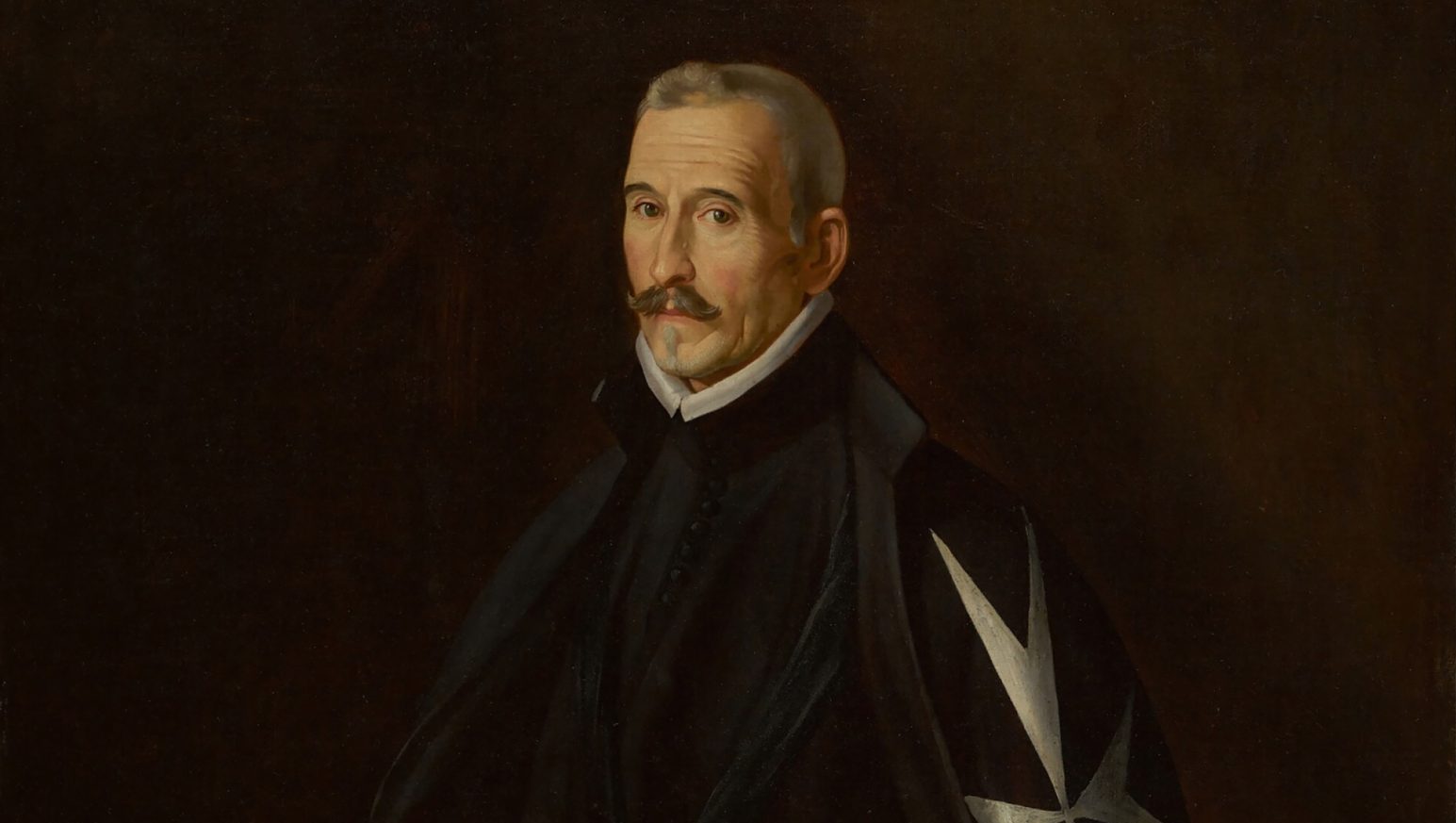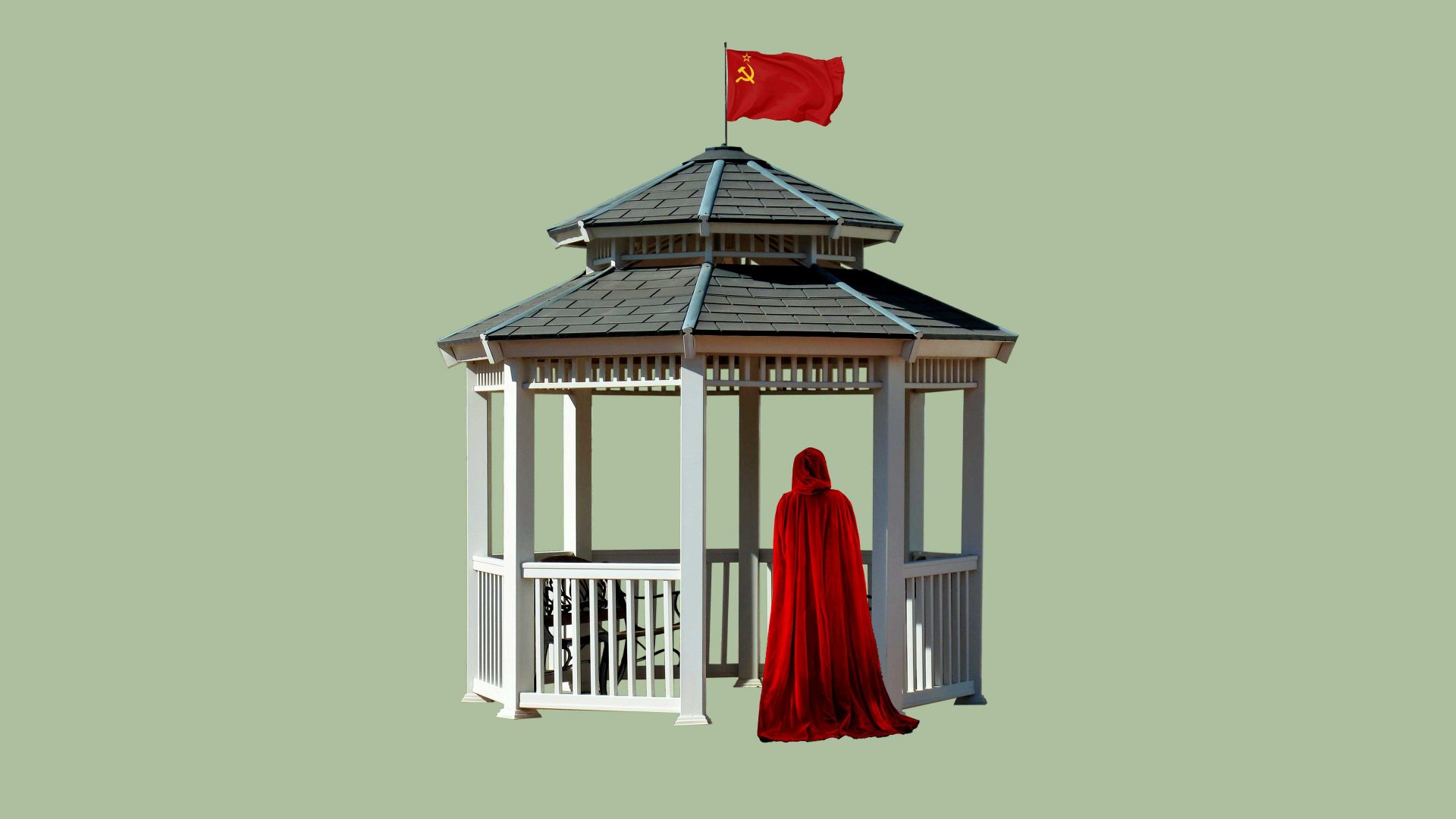In The Genius of Shakespeare (1997), the academic Jonathan Bate considers whether it is a matter of chance or destiny that the Bard is considered the world genius of literature. He concludes that it is somewhere in between. There is, Bate says, only one more serious candidate for that title: Lope de Vega (1562-1635). He concludes that in an alternative universe, the Spanish dramatist might be universally known and admired, while his English counterpart could be a lesser-known curiosity.
There are many explanations for why the merits of Lope and his contemporaries have often been minimised or ignored. They include the relative (mis)fortunes of the British and Spanish empires; the sheer number of works produced; and the appropriation of the nation’s imperial past by conservative factions of Spanish society. As highlighted by Alba Carmona and Guillermo Gómez Sánchez-Ferrer, curators of a new exhibition at the museum based in Lope de Vega’s house in Madrid, these factors often come to the fore in relation to the screen adaptations of the dramatist’s works.
Although no single individual can lay claim to creating the commercial theatre in Spain, it is doubtful that it would have become so creative and pervasive a cultural phenomenon had it not been for Lope. He is claimed to have written his first play, El verdadero amante, when he was 12 – part of an oeuvre that swelled to around 3,000 sonnets and 500 plays, together with nine epic poems, four novellas and three novels.
He drew on various pre-existing theatrical traditions from both inside the country and abroad. These included the itinerant troupes also common to Britain in Shakespeare’s time, such as the one run by Lope de Rueda, who set up makeshift stages. Lope also drew inspiration from the commedia dell’arte popularised by Italian companies that toured Spain from the mid-16th century onwards, as well as from liturgical drama based around allegory, in particular the autos sacramentales (Corpus Christi plays).
Lope’s works enabled the creation of a cultural industry, with a captive audience that cut right across the social spectrum. Madrid became the first permanent capital of Spain (it had historically been itinerant) in 1561, evidence that the Spanish state and empire were becoming increasingly centralised. A similar shift was under way in the cultural sphere.
Lope’s celebrity and the professionalisation of the stage went hand in hand, and it is disputable if either could have occurred without the other. His ability to write the standard three-act plays on demand, and with remarkable speed and consistency, may have led critics to doubt his quality control, but it both created and sustained the demand for popular drama, which ensured that the new permanent outdoor theatres known as corrales – the Cruz (opened in 1579) and the Príncipe (1582) – were generally filled beyond capacity, thereby establishing a business model that would continue to operate throughout the remainder of the 16th and 17th centuries. Both were located just a short stroll from the playwright’s house.
The house-museum is, perhaps somewhat confusingly, located on Cervantes Street – the author of Don Quixote also tried his hand at commercial theatre, albeit not so successfully. A parallel street is named in honour of Lope, the chief instigator of the national drama. Many followed in his wake – Tirso de Molina (1579-1648), credited with the invention of the Don Juan character, is, in stylistic and narrative terms, Lope’s most overt and high-profile disciple. Calderón de la Barca (1600-1681), whose Life Is a Dream was recently staged at the Barbican, is credited with giving popular drama a greater degree of sophistication.
In terms of stage layout and audience distribution, the Spanish corral did not differ substantially from the Elizabethan stage. The presence of women in Spanish theatre was, however, a fundamental difference. Actresses such as Jerónima de Burgos (c1580-1641), one of Lope’s many lovers, achieved celebrity status in their own right, and, according to at least some contemporary accounts, were often more skilled and popular than their male counterparts. As in many societies, however, charges of licentiousness were also levelled against individual female performers; a facet occasionally exploited on stage with, for example, an actress famed for her off-stage sexual shenanigans being “humorously” cast as the Virgin Mary.
More seriously, the presence of actresses often encouraged male dramatists to write better roles for women. Honour is often a central theme of these dramas – 21st-century audiences tend not to be drawn in by that – but female characters are also given an agency and prominence that is difficult to find in Shakespeare. Lope’s Fuenteovejuna (The Sheep’s Well) (1612-1614) – a peasant-honour play forgotten for centuries until it was staged as a call to arms on the eve of the Russian Revolution – is among the first plays to consider rape (by a feudal overlord) from the perspective of the victim.
In terms of rapid scene changes and the frequent tendency to prioritise action over psychology, the filmic qualities of Spanish early modern drama have been remarked upon since the birth of cinema. In an earlier exhibition (with an accompanying catalogue in English and Spanish) that ran during the pandemic, Carmona and Gómez Sánchez-Ferrer explored cinematic adaptations of the lives and works of early modern Spanish playwrights from the silent era to the death of Franco in 1975. Costume dramas are notoriously expensive, but the dictatorship saw in them an investment possibility for promoting a conservative and reactionary vision of national(ist) history.
The co-option of the so-called golden age of empire and letters resulted in propagandistic readings of early modern classics, including Lope’s. But memories of jingoistic films and being made to learn lines from plays by rote at school then resulted in a backlash against golden age playwrights by progressive Spaniards. The dictatorship’s habit of exploiting popular culture as propaganda, bread and circuses for the information age, resulted in the theatre’s commercial success in the 16th and 17th centuries being viewed with suspicion. Lope was dismissed as a lackey of the state.
The follow-up to that first exhibition covers the era since Franco’s death. By some distance the most commercially successful cinema outing for Lope’s work is El perro del hortelano (The Dog in the Manger) (1996), the pet project of the film-maker Pilar Miró (1940-1997). Even with her connections and profile, this film was seen as a quixotic endeavour – few industry insiders believed Spanish audiences would pay to see a film in classical verse.
In interviews, Miró questioned that assumption by asking why, if Spanish spectators had bought tickets to go and see Kenneth Branagh’s Much Ado About Nothing (1993) in their millions, wouldn’t they do the same for Lope? After a troubled shoot in Portugal during which the original producer faced bankruptcy and costumes were taken as collateral, the film was not even slated for commercial release in Spain until it was a surprise hit at the Mar de Plata Film Festival in Argentina. Starring popular actors and with Merchant Ivory-style settings, El perro del hortelano was reimagined as a period romcom. When eventually released in Spain, it became one of the year’s biggest box-office hits and won multiple prizes.
There can be no doubting Miró’s remarkable achievement. Carmona’s PhD thesis (later published as a book) revealed, however, that the film-maker’s claims to have translated a British tradition of adapting the classics for the silver screen was disingenuous. A Soviet telefilm had been made of the same play, with some scenes rendered almost identically. In a pre-digital age, the chances of Spanish audiences and critics coming upon this little-known foreign adaptation were virtually nil. For various years in the mid-20th century, Lope was the most performed playwright, of any nationality, in the USSR. The exhibition features promotional materials from various Soviet audio-visual adaptations of Lope and his contemporaries.
The dominance of Hollywood and English-language film-making has nevertheless made Early Modern Spanish playwrights a harder sell in most global marketplaces. Following the triumph of El perro del hortelano, Miró planned to film more Early Modern Spanish classics, but her death put paid to these projects. That nobody took up the mantle to take them forward was a missed opportunity, but is not altogether surprising. Even with his global brand value, Shakespeare adaptations are often a hard sell – Baz Luhrmann’s Romeo + Juliet (1996) was the first to make a substantial profit.
Irrespective of success at the domestic box office, international distribution is always a problem for Spanish golden age adaptations. Spanish-Brazilian biopic Lope (Andrucha Waddington, 2016) was an expensive flop and a planned second part was quietly shelved.
Cinema defined the 20th century, but the new millennium has brought a proliferation of new screens and modes of viewing. In the age of streaming, Spanish television has proved itself more successful than the national cinema (Pedro Almodóvar aside) at reaching a global audience.
Originally produced by the state broadcaster before being bought up by Netflix, El Ministerio Del Tiempo (The Ministry of Time) (2015-2020), was a science-fiction show based around a government agency charged with preventing changes to history being made through time-travel. Painters and writers such as Cervantes, Picasso and Velázquez figure heavily. Lope became a trending topic after appearing in an episode from the first series honing in on his amorous adventures and possible participation in the Armada.
Had that Armada succeeded, Spain could plausibly have outperformed England as a cultural and political powerhouse. Only a small fraction of the 400-plus extant plays regularly attributed to Lope have modern-day editions in English, but the excellent translations of El perro del hortelano and Fuenteovejuna are worth tracking down. And if you find yourself in the Spanish capital, a trip to the Lope de Vega house-museum – and its beautiful garden – is highly recommended.
The classics on screen (1975-2022) is at the Lope de Vega house-museum until October 1



